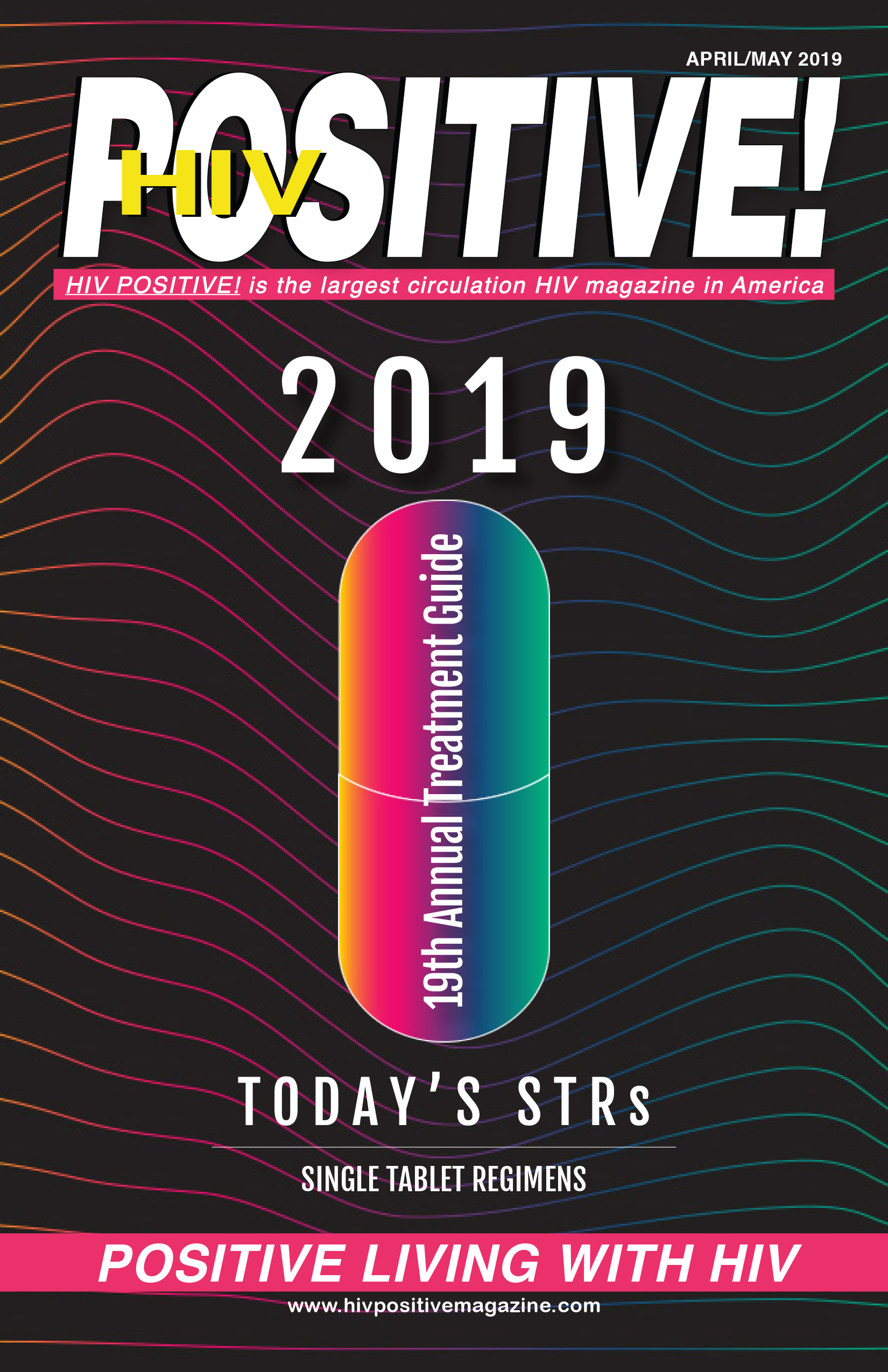HOME
PAST DIGITAL ISSUES
HIV/AIDS HOTLINES
HIV 101
POSITIVE PROFILES
ASO SPOTLIGHT
ARCHIVED ARTICLES
HOW TO PAY FOR HIV TREATMENT AND MEDICATIONS
ADAP CRITERIA AND FORMULARIES
ASO LISTINGS
REVIEW OF HIV MEDICATIONS
ABOUT HIV POSITIVE! MAGAZINE
LINKS
SUBSCRIBE
CONTACT US
ADVERTISER INFORMATION

The first place to start is to get in touch with an HIV specialist. Most likely, your specialist will recommend that you start therapy immediately. You'll need to work with your HIV specialist to come up with a regimen that will work for you. Your doctor will look at any existing health problems, potential drug interaction problems as well as lifestyle issues among other things to help determine what "Recommended Initial Regimen" is right for you.
One test you'll receive very quickly is a CD4 test. The CD4 test measures your CD4 T-cells or just “T-cells.” Your T-cells play an important part in the immune system and HIV, as time goes on, destroys them. The average person without HIV has between 500 and 1200 T-cells (which are measured within a cubic millimeter of blood). Older DHHS guidelines recommended starting therapy at the 350 T-cell mark. This mark is before you ever technically have AIDS and the goal was to keep your HIV infection from ever progressing to AIDS. The DHHS now recommends to start as soon as you are diagnosed so there may be no damage at all to your immune system.
When it’s time to start therapy, you can discuss your first combination of drugs that you’ll take – your first-line therapy.
First-line therapy (you're first combination) drugs today are numerous, easy to take, easy to tolerate, easy to adhere to and most of all highly effective.
There are now many FDA approved drugs for HIV treatment, including multi-class combination drugs and Single Tablet Regimens (STRs). The combination drugs (some have been around for years while a few are relatively new) are tremendous because they combine everything you need in just one or two pills that you take just once-a-day.
Recommended Initial Regimens for Most People With HIV are:
An Integrase Inhibitor (INSTI) based regimen plus 2-Nucleoside ReverseTranscriptase Inhibitors (NRTI).
INSTI + 2 NRTIs
Recommended Initial Regimens in Certain Clinical Situations are:
(Note: These regimens are effective and tolerable, but may have some disadvantages when compared with the "Recommended Initial Regimens for Most People with HIV" listed above, or have less supporting data from clinical trials. However, in certain clinical situations, one of these regimens may be preferred.)
- Boosted PI + 2 NRTIs
- NNRTI + 2 NRTIs
- INSTI + 2 NRTIs
You can also get combinations of the various regimens through the use of two or three pills if you are not found to be a good candidate for a single tablet regimen for any reason.
The National Institutes of Health (NIH) treatment studies have found that Viral load reduction to below limits of assay detection in an ART-naive (new to treatment) patient usually occurs within the first 12–24 weeks of therapy. Predictors of success include:
- High potency of ARV regimen.
- Excellent adherence to treatment regimen.
- Low baseline of viral load.
- Higher baseline CD4 count (>200 cells/mm3).
- Rapid reduction of viral load in response to treatment.
The studies go on to state that successful outcomes are usually seen in 90% of clinical trial subjects although lack of adherence can drop that percentage.
If you are treatment experienced (currently on an HIV regimen) it may be possible to switch to a more effective regimen or to an alternative regimen in some situations. Before you switch, your doctor will consider several key principles in addition to your own personal reasons for wanting to switch regimens.
Some reasons to switch regimens are:
- To simplify the regimen by reducing pill burden and dosing frequency to improve adherence.
- To enhance tolerability and decrease short- or long-term toxicity and side effects.
- To change food or fluid requirements.
- To avoid parenteral administration (not oral or rectal).
- To minimize or address drug interaction concerns.
- To allow for optimal use of ART during pregnancy or should pregnancy occur.
- To reduce costs.
In the following list, we have evaluated Single Tablet Regimens (STRs).
Our ratings are unscientific and subjective. They are based upon the general feelings of people in the HIV community toward the pills they have to take. For much more detailed guideline information, visit the Department of Health and Human Services (DHHS) site at: www.aidsinfo.nih.gov/contentfiles/lvguidelines/AdultandAdolescentGL.pdf or download their mobile app at aidsinfo.nih.gov/apps.
Please click on the links below to view the details of each category.
Nucleoside Reverse Transcriptase Inhibitors
Non-Nucleoside Reverse Transcriptase Inhibitors
Copyright 2019, Positive Health Publications, Inc.
This magazine is intended to enhance your relationship with your doctor - not replace it! Medical treatments and products should always be discussed with a licensed physician who has experience treating HIV and AIDS!